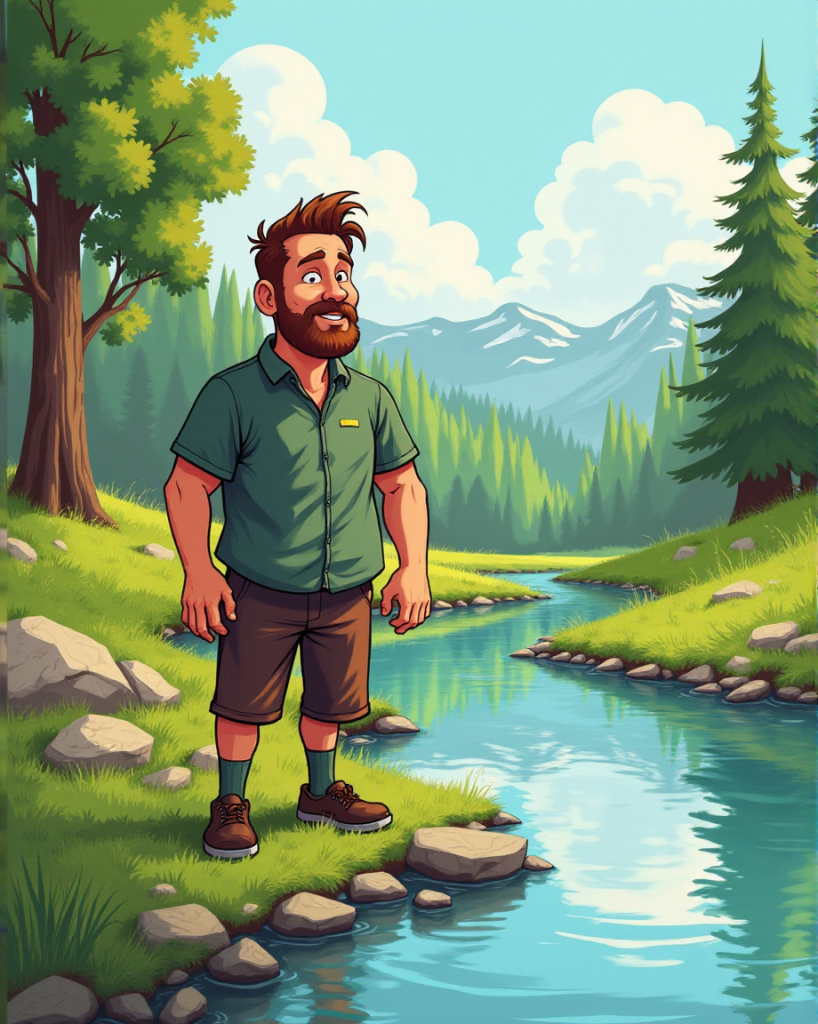Yo todavía era niño. Pero también si hubiera sido mayor, no habría podido decir como el carpa se hubiera explicado a si mismo su curioso viaje. Es que algunos amigos míos se habían permitido una jugarreta con él. De noche, clandestinamente lo habían sacado de su estanque con una red. Lo habían llevado en un cubo a través de bosques y campos por muchos kilómetros. La piscina en el jardín de mis padres debería ser su nuevo hogar. Tengo que admitir: No fue poco nuestro asombro cuando lo vimos nadando sus rondas en el agua. Me parece que fue en septiembre. Ya no se echaba cloro al agua, la temporada de nadar casi se había acabado. Entonces pez y ser humano ya no se hacían tanta competencia el uno al otro, y así Luís, como lo llamamos, podía quedarse allí por el momento. Vino el invierno y con él una espesa capa de hielo.
En la primavera, el agua fue cambiada. Como se puso en manifiesto , Luís había superado bien el invierno. El consejo familiar acordó devolverlo a su hogar. Otra vez Luís fue despachado en un cubo. Lo más grande que pudimos encontrar era un cubo ya inservible de pintura. Siguiendo caminos de bosque y de campo, nos fuimos para devolverlo a sus amigos y familiares. En el cubo, Luís dio sus vueltas, en círculos bastante pequeños, porque había crecido durante el invierno, y un viejo cubo de pintura no es una casa señorial para un carpa. Encima de eso, la mitad del agua se nos derramó a lo largo del camino. Pero finalmente llegamos. Con un empuje Luís acabó en su estanque para reencontrar sus viejos conocidos. Lo que hizo después fue muy sorprendente: Luís dio sus vueltas allí, pero lo hizo como que si no se encontrara en un estanque sino en un pequeño cubo, como antes. Trazó seis o siete círculos de un diámetro inferior a medio metro. Después los círculos se convirtieron en una espiral, estrecha al inicio y ampliándose más y más. Finalmente Luís comprendió donde se encontraba. En una larga línea se disparó fuera de su órbita de cubo.
(Por Stefan Hammel, traducción: Bettina Betz)

